How Inline Packaging is Revolutionizing Production Lines
The manufacturing landscape is undergoing a profound transformation, driven by the rapid adoption of Inline Packaging systems that seamlessly integrate packaging operations directly into production workflows. This approach represents a fundamental shift from traditional batch processing to continuous, connected manufacturing environments where packaging becomes an integral part of the production process rather than a separate, downstream operation. The implementation of sophisticated Inline Packaging solutions enables manufacturers to achieve unprecedented levels of efficiency, reduce operational costs, and enhance product quality through real-time monitoring and control. As industries face increasing pressure to optimize resources and improve sustainability, Inline Packaging emerges as a critical strategy for maintaining competitive advantage in global markets.
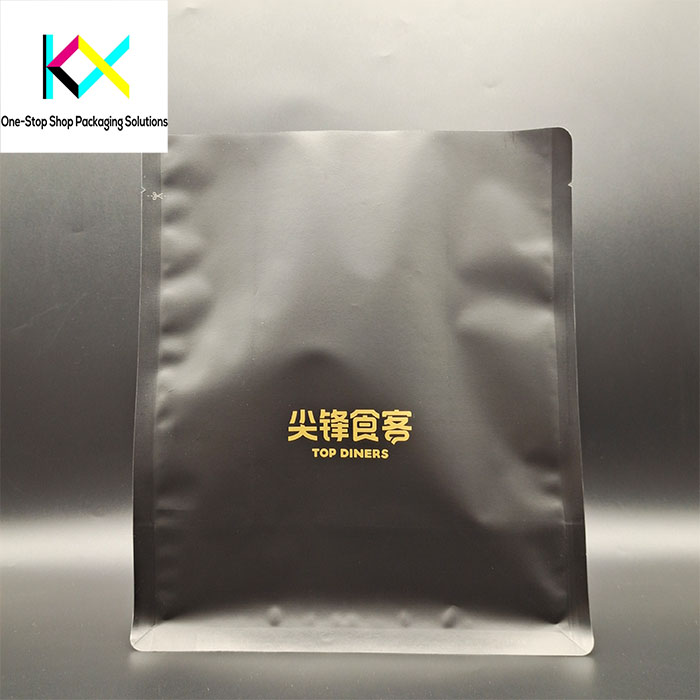
The Automation Advantage: Redefining Efficiency Through Automatic Packaging
Complementing the integrated nature of inline systems, Automatic Packaging technologies are achieving new levels of sophistication and capability. Modern Automatic Packaging equipment incorporates advanced robotics, machine vision systems, and artificial intelligence to handle tasks ranging from primary packaging to palletizing with minimal human intervention. These systems are increasingly flexible, capable of quick changeovers between product types and packaging formats, allowing manufacturers to respond rapidly to changing market demands. The evolution of Automatic Packaging extends beyond mere labor replacement, focusing instead on enhancing precision, consistency, and overall system intelligence throughout the packaging workflow.
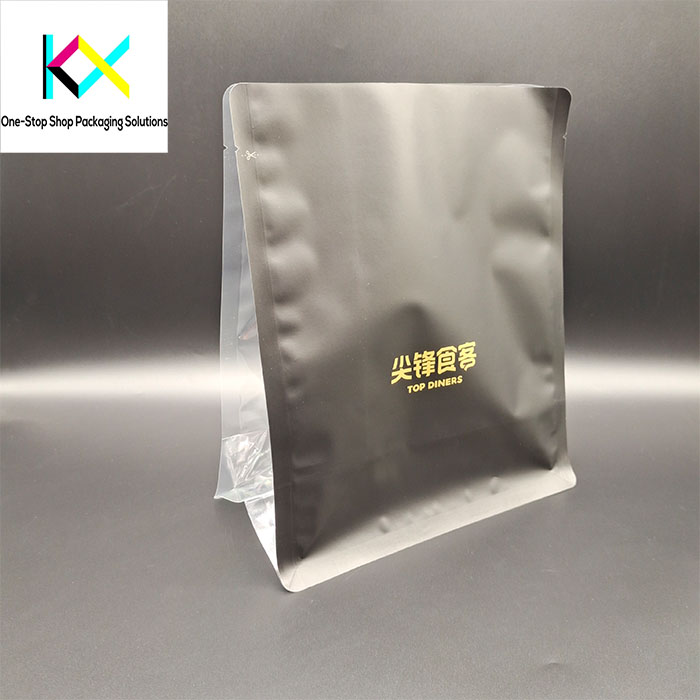
Connectivity and Data Integration: The Smart Factory Ecosystem
The true potential of Inline Packaging is realized through comprehensive data integration and connectivity across manufacturing operations. Modern systems employ Industrial Internet of Things (IIoT) technologies to collect and analyze data from every stage of the packaging process, enabling predictive maintenance, quality control, and continuous optimization. This connectivity allows Automatic Packaging equipment to communicate with upstream production machinery, adjusting parameters in real-time based on product characteristics and production conditions. The resulting data streams provide unprecedented visibility into operational performance, helping manufacturers identify bottlenecks, reduce waste, and improve overall equipment effectiveness through data-driven decision making.
Sustainability Through Precision and Optimization
One of the most significant benefits of advanced packaging integration is the substantial improvement in sustainability metrics. Inline Packaging systems minimize material usage through precise application and reduce energy consumption by eliminating unnecessary handling and transportation between production and packaging stages. Modern Automatic Packaging equipment incorporates sophisticated vision systems and sensors that ensure optimal material usage while maintaining product protection. These systems can automatically adjust to variations in packaging materials, reducing waste and improving resource efficiency. The precision offered by these integrated approaches directly contributes to sustainability goals by minimizing overpackaging and reducing the carbon footprint associated with packaging operations.
Flexibility and Customization in Modern Manufacturing
The demand for product variety and personalization is driving innovation in packaging system design. Contemporary Inline Packaging solutions are engineered for remarkable flexibility, capable of handling multiple product types, sizes, and packaging configurations within a single production line. This adaptability is particularly valuable in industries characterized by short production runs and frequent product changes. Advanced Automatic Packaging systems now feature modular designs that allow manufacturers to easily reconfigure equipment for different requirements, supported by sophisticated software that simplifies changeover procedures and minimizes downtime between production batches.
Safety and Quality Assurance Enhancements
Integrated packaging systems significantly enhance product safety and quality control capabilities. Inline Packaging configurations allow for continuous monitoring and inspection throughout the packaging process, with automated rejection systems that remove non-conforming products before they reach final packaging stages. Modern Automatic Packaging equipment incorporates multiple inspection points using advanced vision systems, weight checkers, and metal detection technologies to ensure product integrity and compliance with quality standards. The closed nature of these systems also reduces the risk of contamination and human error, particularly crucial in regulated industries such as pharmaceuticals and food production.
Workforce Evolution and Skill Development
The implementation of advanced packaging technologies is transforming the nature of manufacturing employment and skill requirements. While Automatic Packaging systems reduce the need for manual labor in repetitive tasks, they create demand for workers with expertise in system operation, maintenance, and data analysis. Successful implementation of Inline Packaging requires cross-functional teams capable of managing integrated systems that span traditional departmental boundaries. Companies are investing in training programs to develop these new skill sets, focusing on areas such as robotics programming, data analytics, and system integration to ensure their workforce can effectively leverage these advanced technologies.
Future Directions: Artificial Intelligence and Adaptive Systems
The future development of packaging technology points toward increasingly intelligent and adaptive systems. Next-generation Inline Packaging will leverage artificial intelligence and machine learning to create self-optimizing production lines that continuously improve performance based on operational data. Automatic Packaging equipment will become more predictive and prescriptive, capable of anticipating maintenance needs and automatically adjusting operations to maximize efficiency and quality. Research in areas such as collaborative robotics and augmented reality interfaces promises to further enhance the capabilities and accessibility of these advanced packaging solutions across industries of all sizes.
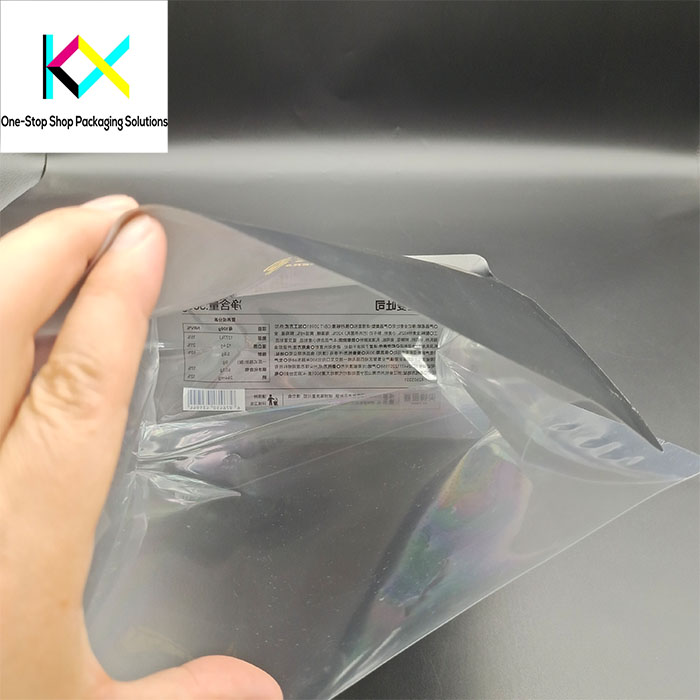
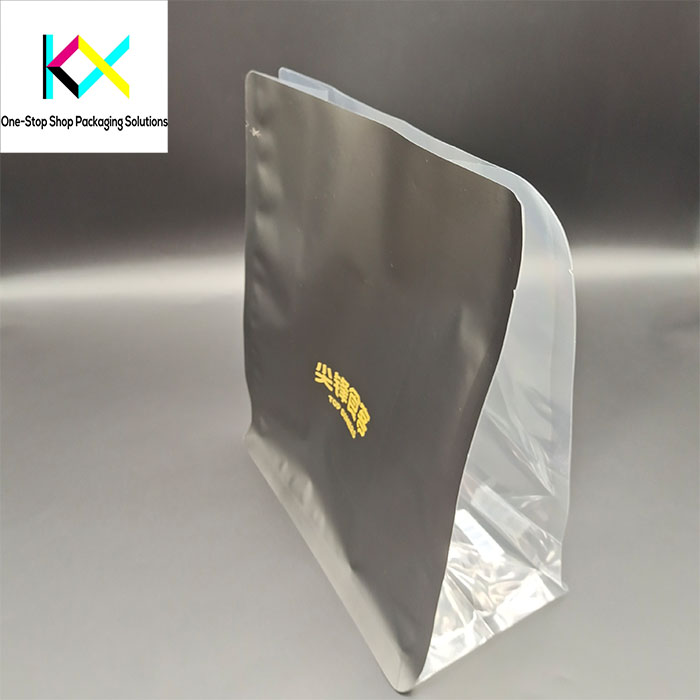
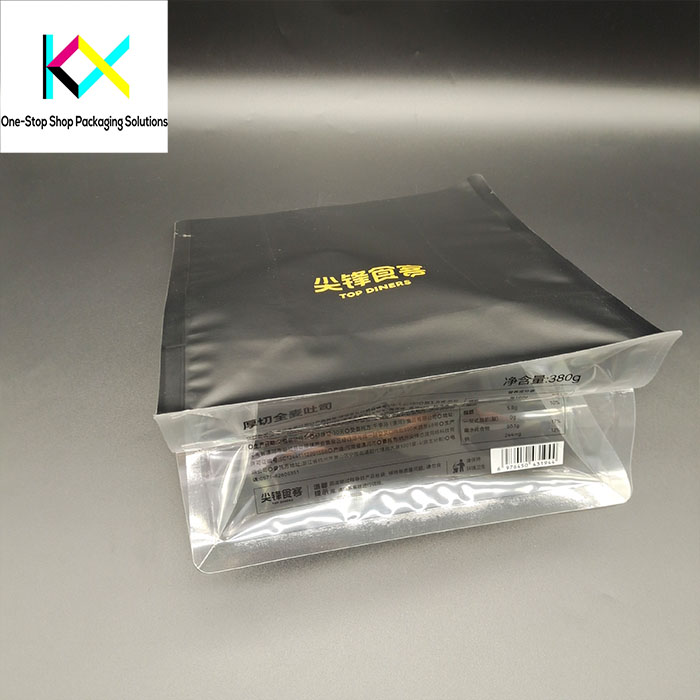
Conclusion: The Strategic Imperative of Packaging Integration
The evolution toward integrated, automated packaging systems represents more than just technological advancement—it constitutes a strategic imperative for manufacturers seeking to thrive in an increasingly competitive and dynamic global marketplace. The implementation of sophisticated Inline Packaging and Automatic Packaging technologies enables manufacturers to achieve new levels of efficiency, quality, and responsiveness while simultaneously addressing sustainability challenges through optimized resource utilization. As these technologies continue to evolve and become more accessible, their adoption will likely become increasingly central to manufacturing competitiveness across diverse industries. Through thoughtful implementation and continuous innovation, manufacturers can harness the full potential of these advanced packaging approaches to create more efficient, sustainable, and responsive production ecosystems.
You can visit our website to know more about our flexible packaging pouch:
